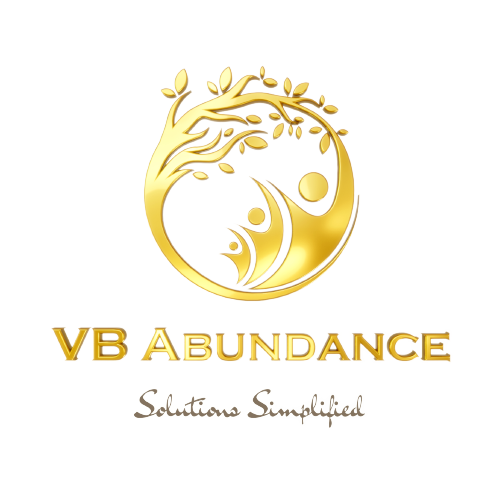1. Calendar and Scheduling: Personal organizers typically include a calendar or scheduling system to help individuals plan and manage their insurance, investments and bills. They provide a visual overview of the days, weeks, and months, allowing users to allocate time and avoid scheduling conflicts.
2. Contacts and Address Book: Personal organizers often include a section or feature for storing and organizing contact information. Users can maintain a list of contacts, including names, phone numbers, email addresses, and other relevant details. This makes it easy to access contact information when needed.
3. Note-Taking and Document Storage: Many personal organizers provide space for taking notes, jotting down ideas, or capturing important information. Some organizers also allow for document storage, enabling users to store digital files, such as PDFs or images, within the organizer for easy reference.
4. Goal Setting and Tracking: Personal organizers can include sections or prompts for setting goals and tracking progress. This helps individuals stay focused on their objectives and monitor their achievements over time.
5. Time Management and Productivity: Personal organizers can help improve time management and productivity by providing a structured framework for organizing insurance, investments and bills. By having a clear overview of their schedule and priorities, individuals can allocate their time effectively and make the most of their day.



